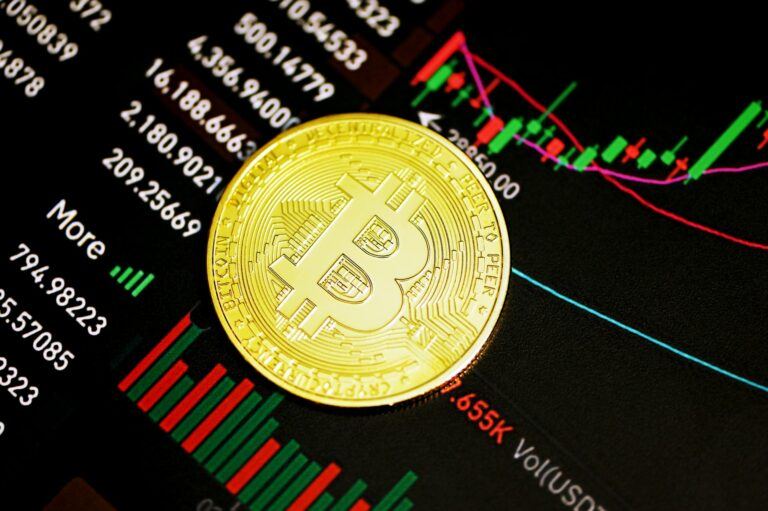Cryptocurrency whales appear to be accumulating Bitcoin ($BTC) after the price of the flagship cryptocurrency started dropping amid the introduction of spot Bitcoin exchange-traded funds (ETFs) in the United States.
Bitcoin’s value has plunged nearly 20% since these funds started trading, with each BTC now changing hands for around $40,100 after recovering from a low slightly under the $38,000 mark.
These large investors are particularly active on the popular cryptocurrency exchange Bitfinex, where whales are known to often be active and have a history of having a significant impact on the market.
According to TradingView data first reported by CoinDesk, the price of the flagship cryptocurrency, Bitcoin, has traded at a $100 premium over other cryptocurrency exchanges, suggesting that there’s a large demand for the cryptocurrency on the platform.
A pseudonymous analyst on the microblogging platform X (formerly known as Twitter) has pointed out that a Bitfinex whale has been “non stop TWAP [Trade-Weighted Average Price] buying BTC for 3 days straight now,” justifying the premium.
A Trade-Weighted Average Price strategy an algorithmic approach often used to buy or sell large amounts of an asset without causing a significant market impact. It involves splitting up large orders over time to minimize market impact.
Per the analyst, about $50 million worth of the cryptocurrency was accumulated in just three days and has continued amidst declining prices caused by sales from the FTX bankruptcy estate and withdrawals from the Grayscale Bitcoin Trust (GBTC).
Notably, analysts at JPMorgan have recently suggested that they believe the ““catalyst in bitcoin ETFs that pushed the ecosystem out of its winter will disappoint market participants.”
JPMorgan’s analysts added they’re concerned that “any disappointment with ETF fund flows could deflate the enthusiasm that has driven the cryptocurrency rally.” Bitcoin is also set to go through a halving event later this year, which will reduce miners’ coinbase rewards in half, and these events are often followed by a price rally as supply entering the market is cut in half.
Featured image via Unsplash.









